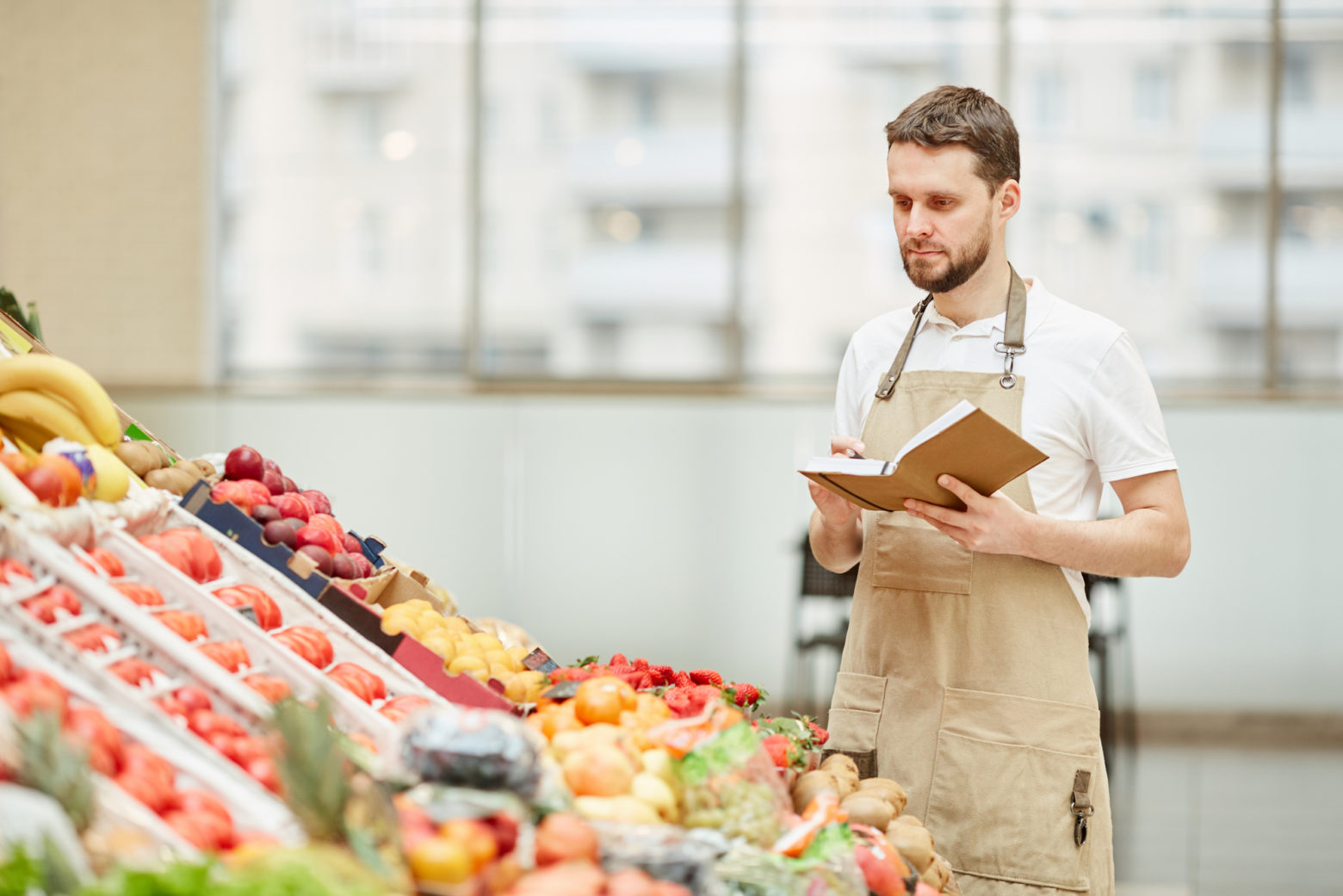Best Restaurant and Fast Food Chain Digitalization Cases

While digitalization initiatives have already been launched in many restaurants and fast-food chains; the impact has not been limited to front office systems, like self-service kiosks, mobile apps, or wireless payments.
Many back-office systems are being transformed right now as restaurants execute digitalization initiatives to improve how they serve customers and do so more efficiently. Maybe it’s not a reality for small family restaurants somewhere in the Alps or on the coast of Italy; but if we are talking about large companies, retail digitalization is a must-have for their businesses to survive and thrive.
For example, Pizza Hut in Hong Kong decided to transform its CRM system into a so-called Social CRM. First of all, by taking this approach, they have opened up more channels to communicate with their clients and get feedback from them. Their solution is based on the Microsoft Azure platform and includes the corporate website, online ordering system, and new mobile apps that have replaced physical loyalty cards.
An electronic queue in restaurants is also realized with a mobile app. With apps, anyone can save up bonuses, share them with friends, and also get personalized coupons via Pizza Hut’s digital platform called “Youpon”. Since Pizza Hut started to use this cloud software for retail its sales have increased by 23%. The volume of online pizza orders grew so fast in just the first few months, that this category now represents about 45% of total revenue.
Here’s another example. Last year Subway launched its new division Subway Digital in collaboration with Accenture. Subway Digital will create a comprehensive omnichannel strategy and establish an implementation support team to enhance engagement and build loyalty.
The main goal here is to stop the decline of the company’s share in the US sandwich market; it has dropped by 5.1% since 2010 but is still just above 49%. Last September Subway acquired Canadian eCommerce software company Avanti Commerce to bolster its digital presence. What are their plans? No doubt, we’ll find out soon.
McDonald’s has begun testing its long-awaited U.S. mobile ordering app, intending to avoid the kinds of service hiccups that have haunted digital debuts by companies such as Starbucks. The company plans to conduct multiple pilot tests to collect customer feedback, work out any kinks, and streamline integration with the company’s existing technology systems. They plan to begin rolling out the finished app to its nearly 14,000 U.S. restaurants and some 6,000 others in Canada, the UK, France, Germany, Australia, and China – by the end of this year.
McDonald’s will also test a mobile app for order delivery. Currently, it has experiments running with Uber Eats, Postmates, and Foodpanda. By the end of 2017, 2,500 of their restaurants will be transformed into a new format called “McDonald’s of the Future”, which includes table service, touch-screen ordering, and an extended menu.
TGI Fridays is also using mobile commerce as a driver for retail digital transformation. You might not think of TGI Fridays as a retailer, experiencing the same storefront/omnichannel struggle as, say, Nordstrom. But Gail Seanor, Sr. Director, of Marketing Technology at TGI Fridays, sees the parallels. Her job: act like a startup. Spark the digital transformation with a web and mobile app overhaul. Fifteen months later, these projects are live; but the push towards a digital, or – if you don’t mind the buzzwords – a fluid omnichannel business, is just beginning.
First, she directed a redesign of the company’s website, the development of a mobile app, and the integration of new systems for online orders and mobile payments. The E-commerce solutions are powered by SAP Hybris. TGI hasn’t finished its digitalization process yet, but describes initial results as “exciting”.
Wendy’s, best known for its square burgers, is aiming to put digital retail technologies at the core of its customer experience and ultimately redefine the brand. The fast-food chain, which delivered 2016 revenue of $1.43 billion with a net income of $129.6 million, highlights how every company is going digital. Whether it’s a company like Campbells Soup or General Electric, digital transformation is everywhere. At the center of Wendy’s digital efforts are self-service kiosks.
It won’t stop there. Wendy’s has created a lab called 90 Degree Labs. The lab has been around for a bit more than 18 months and is located just outside of Ohio State University. The ultimate goal for this lab is to build the Wendy’s of the future.
It’s all just the tip of the iceberg for retail digital transformation in food and restaurant services. Pentallect, a strategic consulting and business improvement firm serving the leading trading partners in the food industry, said that over the last year in the U.S., the volume of food delivery orders grew by 35% while only 13% of the population is starting to go to restaurants more frequently. That’s the reason why sales in this market are expected to grow by 3-4% which is higher than the retail industry as a whole.
Summing it all up, it’s clear that online ordering, social marketing, analytics tools, and mobile apps are fast becoming the “new black” for the food service industry.
That’s it for this edition of our Digitalization Digest. Stay tuned for next month when we’ll share more examples of companies and industries transforming how they do business and driving increased revenues.
